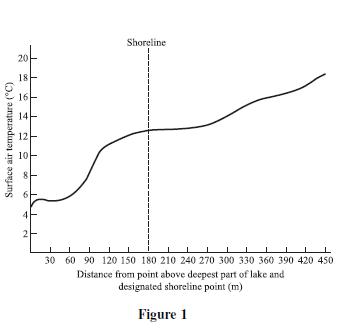Which of the following is the most likely reason that amounts greater than 3.00 mol of bleach
Question:
Which of the following is the most likely reason that amounts greater than 3.00 mol of bleach were not tested in Experiment 1? The results showed that:
A. Amounts less than 3.00 mol of bleach increased the amount of chlorine gas produced.
B. When more bleach was added the mixture became too volatile.
C. Adding more bleach no longer increased the level of ammonia.
D. Amounts greater than 1.00 mol of bleach decreased the amount of chlorine gas produced.
Experiment 1
A known by-product of the reaction of bleach and ammonia is chlorine gas (Cl2). Chlorine gas has an intensely disagreeable suffocating odor, and is very poisonous. To determine the quantities of bleach and ammonia that, when mixed together, produce chlorine gas, a varying quantity of bleach was added to eight different ammonia–water solutions and the resulting chlorine gas from each mixture was collected and measured. A solution of 1.0 mole (mol) of NH3 in 1 kg of water was used in each trial. A certain quantity of NaOCl was added to each of the solutions; the amount added was gradually increased for each trial. The amount of chlorine gas produced in each trial was recorded and graphed in Figure 1.

Step by Step Answer:






